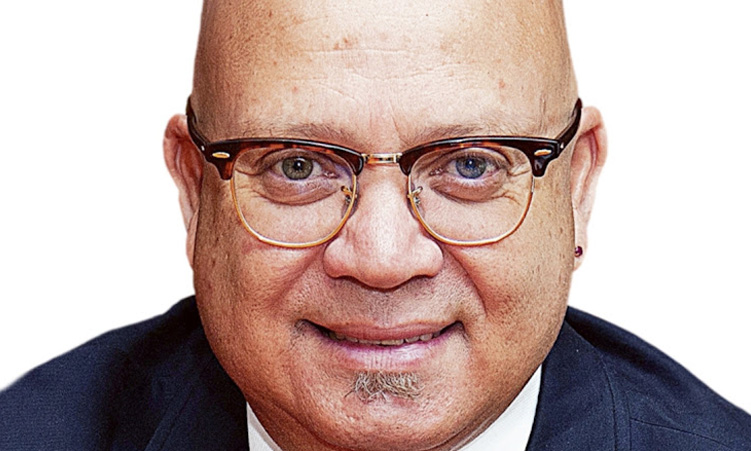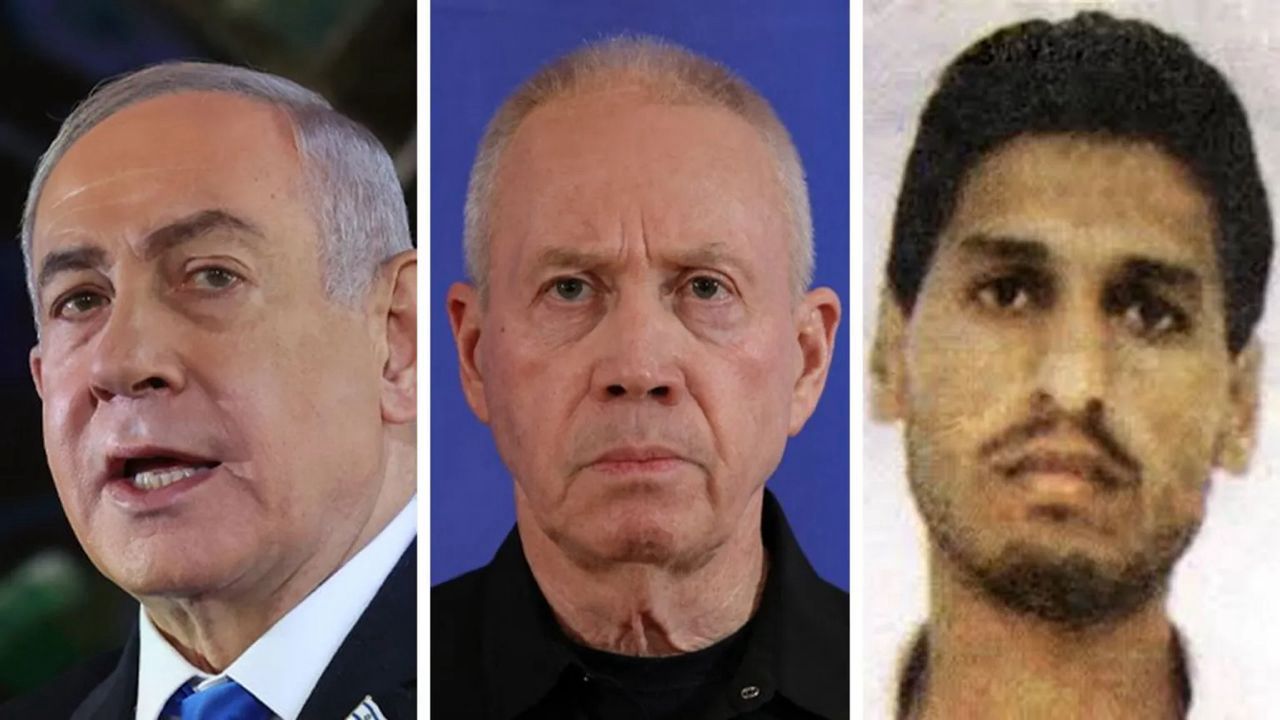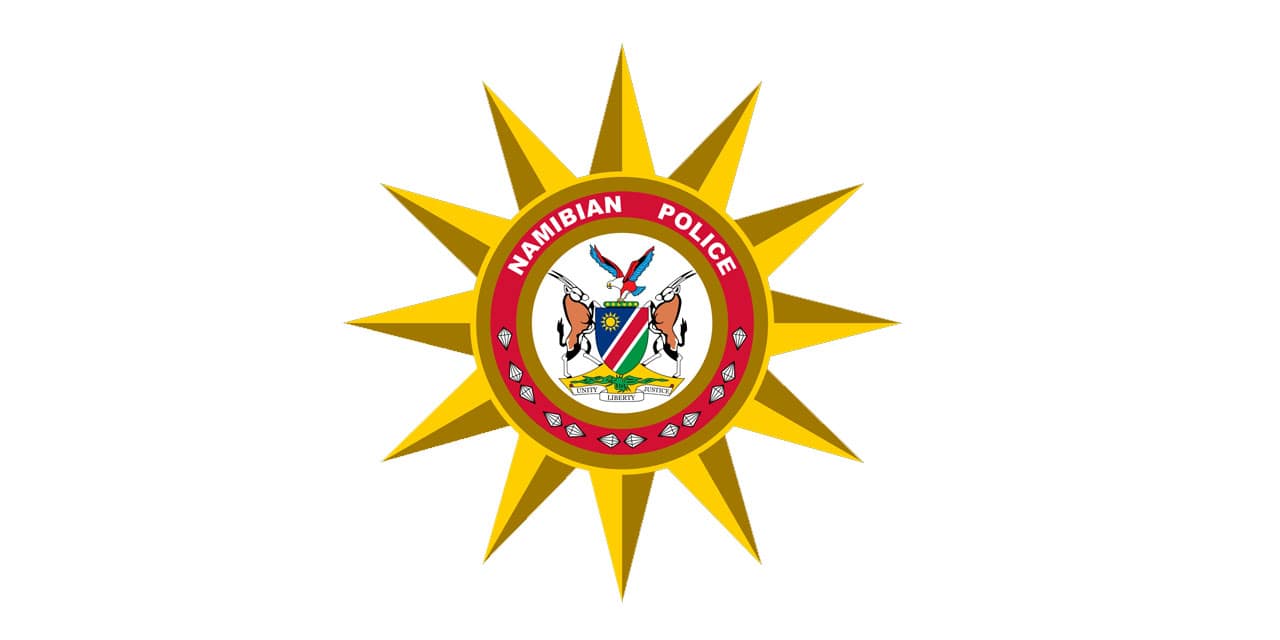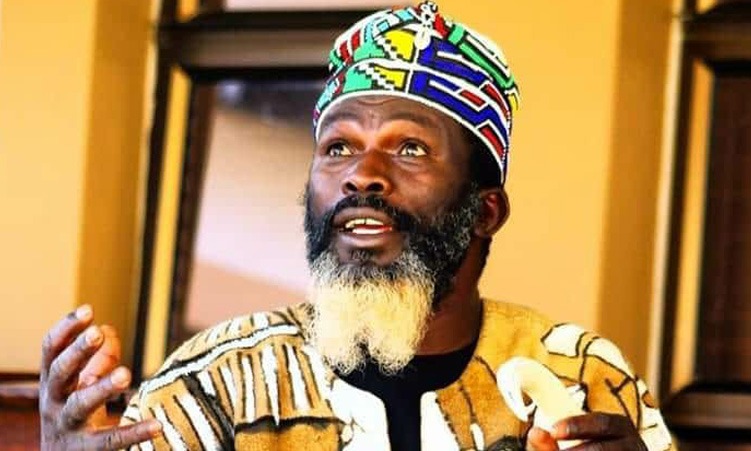Almost every news report is framed by beliefs. Every conflict, localised battle or great-power war across history is contested on both the battlefield and in the minds of people through propaganda.
When one person tells you it is raining outside, and another says it is not, your responsibility as a journalist is to ignore both, step outside and see for yourself whether or not it is raining. If you report either side of the raining/not raining story, you become little more than a stenographer.
This is a weathered axiom, but it remains useful. My earliest encounter with this stenography-as-journalism was when I was Sowetan’s political correspondent based in the parliamentary press gallery more than three decades ago.
In the press gallery and the corridors of our offices, I joined some of the most respected, most experienced and senior journalists. I don’t think I quite had the respect – I was also relatively inexperienced and not as senior as most colleagues in the gallery.
I learnt a lot over the five years (interspersed by a year at the London School of Economics, and coming and going to Codesa) that I spent in the press gallery. It was a steep and bewildering learning curve from which I emerged scarred and a little sad.
One of the abiding memories is of the buddy-buddy relationships between senior members of the press gallery and the politicians of the previous order.
Among the most important lessons I learnt – not sure if they are “lessons” – was that I saw what I saw, which was significantly different from what I was meant to see, or what I had come to see. This distinction was remarked upon by Gilbert Chesterton as the difference between the traveller and the tourist. The traveller sees what he sees and the tourist sees what he has come to see.
The second lesson was the feeling of being “embedded”, the way that journalists from the Atlantic Community were embedded with the military forces that invaded, occupied and “brought” freedom and democracy to Iraq and Afghanistan. It remains a stain, like the nuclear shadows of Hiroshima and Nagasaki, the way that US media like Fox News, CBS and CNN cheered and applauded the war against the Iraqi people and the destruction of ancient cultural artefacts.
More recently, what has been learnt from the Atlantic Community’s wars against Iraqis and Afghanis is that the work of journalists embedded with invading forces is marked by patriotism and nationalism – at the expense of intellectual honesty, integrity, fairness and the ethics of journalism.
For an understanding of the “Atlantic Community”, you have to go to the late 1950s and early 1960s when Europe and North America placed themselves at the centre of the “free world”. Never mind that the Cold War is over, this community has reproduced the idea of the “free world” as the home of all things good and great on the planet and, by extension, the right to declare countries or political leaders as “evil”.
Anyway, the military may fight wars against people – “enemies” – but their weapons include propaganda and manipulation of minds. On this basis, the military frames wars through well-rehearsed techniques to promote and protect national interests and national security (of the invading forces), and ultimately present the invading forces as necessarily benevolent and fighting their wars for peace and freedom.
Walter Lippmann reminded us that in times of war, “what is said on the enemy’s side of the front is always propaganda, and what is said on our side of the front is truth and righteousness, the cause of humanity and a crusade for peace”.
The same may be said about current conflicts, most notably Russia’s war on the Ukrainian people, where the embeddedness has become intellectual in the sense that we report, write about, analyse and comment on what emanates from The New York Times, The Washington Post, the BBC, British newspapers and news sources in western Europe – that Atlantic Community.
We may speak, then, of intellectual solidarity between journalists and the status quo position on war.
Savage wars of peace
The self-image of noble intent runs deep in the history of colonial and settler colonial expansion… When he was president of the USA, Theodore Roosevelt justified, in 1896, Washington’s wars on indigenous Americans as “the most righteous of all wars”. These wars, he wrote in “Winning the West”, were against “savages”.
This had echoes of Rudyard Kipling’s “savage wars of peace”. Over the century that followed, the US would fight wars, “good” and “bad” wars, against people who were children of lesser gods.
By the early 1990s, American constructions of savagery were framed by Christian evangelism. As Lieutenant General William Boykin, US Deputy Undersecretary of Defence for Intelligence, said in the early 1990s, “Because we’re a Christian nation, because our foundation and our roots are Judeo-Christian … the enemy is a guy named Satan.”
About America’s battle with warlords in Somalia and against Islamic extremists, Boykin said, “I knew my God was bigger than his. I knew that my God was a real God and his was an idol.” Boykin explained: “We in the army of God, in the house of God, kingdom of God, have been raised for such a time as this…”
It is these wars against “savages”, against “Satan”, and against people who pray to a lesser god that frames the self-image of the US. This self-image has influenced the framing of American wars over the past three decades, at least since the Gulf War of 1990-91.
We can, of course, go back to any of the big conflicts over centuries where the prevailing hegemonic order determined what was and what was not important.
In the contemporary period, major outlets like The New York Times, The Washington Post and the conservative press in the UK, create or reproduce perceived realities that justify the actions of the decision-makers.
So, when you read or you’re told that readers get their news from “CNN or Sky News, or reading The New York Times or The Economist”, it becomes easy to identify the ideological solidarity and the reproduction of dominant ideas.
The framing became more propagandistic after the attacks on New York City and Washington, DC, on 11 September 2001. From that fateful day to the current era of Nato’s stand-off with Russia, news media, especially in the Atlantic Community – now heavily dependent on status quo power distribution – are expected to display their loyalty to the prevailing order and thereby shape public opinion favourable to what government believes to be valid truth.
After the attacks of September 2001, news media emphasised the US as a victim and accepted, uncritically, the George W Bush “global war on terrorism”. The war on terror, at inception, was cast as a morality tale by the mainstream media, and without a counternarrative, said Brian Monahan in his book, “The Shock of the News: Media Coverage and the Making of 9/11”, published in 2010.
The events of 11 September 2001 gave the US establishment carte blanche to invade Iraq, and the fiasco that followed snowballed into one of the “most profligate actions in the history of American foreign policy”, Monahan wrote.
“Several studies found that the initial mainstream media coverage, principally television, evoked a dominant frame that advanced the twin notions of American victimisation and the need for a militaristic hunt for justice.”
Or, as Christopher Paul and James Kim wrote, during the Vietnam War, the US “learned the value of keeping the media controlled during the opening days of the engagement and becoming the main (if not the only) source of information during the times of war”. This brief passage is especially important, because the writers are not anti-war left-wingers, but are firmly in the conservative camp of US politics. (See the Rand Corporation publication, “Reporters on the Battlefield: The Embedded Press System in Historical Context”.)
In sum, research (and evidence) has shown that the mainstream news media play a significant role in influencing our perception of social reality when journalists ascribe meaning to events through framing.
Intellectual solidarity as new embeddedness
Most of our craft – reportage, day-to-day news production, commentary and analysis – has its origins in the Western canon. The news media is, also, very much a political institution subsidised by political and other actors in society.
With the globalisation of the 1990s, there grew a “mediatisation” (a dreadful term, to be sure) of politics. This double emphasis – the media as political institution and mediatisation of politics – inspired scholarship on the diminishing (overt) independence of news media.
“Overt” because newspapers have historically been extensions of social institutions. For instance, The Wall Street Journal, The Christian Science Monitor, The Hindu or the Malay Mail (among many others) do more or less what it says on their mastheads. Each plays a vital role in shaping or at least influencing communities, societies and individual choices.
In “Mightier than the Sword: How the News Media Have Shaped American History”, professor of journalism Rodger Streitmatter identified at least 16 “discrete episodes” across US history during which the news media played a critical role.
It is clear from existing research that patterns of ownership and the organisation of news (what a newspaper publishes, and what is given prominence) influence the work of individual journalists. Then there is the “culture” of news gathering and reportage which unconsciously incorporates general or particular belief systems, nurtured assumptions, and values into writing and publishing.
Almost every conflict, localised battle or great power war across history is contested on battlefields and in the minds of people through propaganda. We know now, at the juncture we find ourselves, that Vladimir Putin is the bad guy and Volodymyr Zelensky is the good guy.
There is little wrong with that, stated a priori or at best as that position is shaped through intellectual solidarity that comes about through intellectual co-operation. If you read only The New York Times or The Economist, chances are that you will, without expressed consent, be coerced into a particular frame of thinking.
And so, almost every report is framed by beliefs.
I would wager a large amount of money that the most seasoned writers on international affairs and diplomacy reached the conclusion of good guys and bad guys in the piece from news reports and dispatches from the Atlantic Community media.
Lay the good guy/bad guy narrative beside claims (as mentioned at the start of this essay) that it’s raining/not raining. It’s pretty much the same with the “War on Terror” – there is unproblematic intellectual solidarity with the West and with ideas that dominate.
And so, when we read prominent commentators and writers bemoaning (as fact) that South Africa has “lost the West” (truth or lies it may be), we may need to reflect on the basis and origins of the claim.
News reports do not fall from the sky and hit us on the head (to get our attention). We deliberatively read specific news and information which has been prepared, also deliberatively, by journalists or news organisations.
I place myself in the cadre of journalists who had influential positions, most of us in the parliamentary press gallery. What is fascinating is that the same people who reported on “terrorism” and “terrorists” – clearly expressions of intellectual (and ideological) solidarity with the West – are the ones most vocally falling in line with the Atlantic Community’s (the West’s) position on everything; from Russia’s war on Ukraine to fear of a Chinese planet…
It is quite apparent that they did not step outdoors to see for themselves whether it is raining – they simply took the word of one side. In this sense, they are no better than stenographers of power and of ideas that dominate, and reproduce statements or claims about what is and what is not important.
This (and the internet) means they no longer have to be physically embedded because ideas that dominate will be relayed to them by the intelligence communities of Western countries.
Altogether, they give substance to that terribly elitist suggestion (by the Moravian John Comenius in the 19th century) of a pansophic college or university “where learned men from all over could assemble a basic body of knowledge for common understanding among men”. DM
Stay informed with The Namibian – your source for credible journalism. Get in-depth reporting and opinions for
only N$85 a month. Invest in journalism, invest in democracy –
Subscribe Now!






